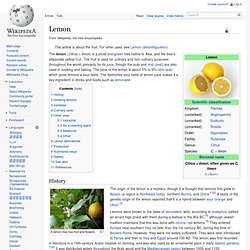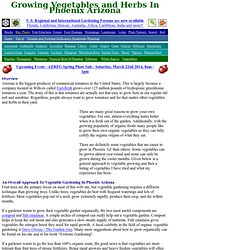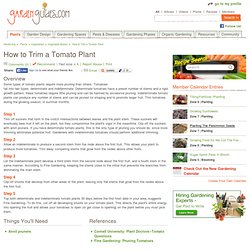

Www.moonvalleynurseries.com/uploads/7/0/0/4/7004261/osi_bulk_2-12-14_presidents_day_-_time_to_plant_front_page.pdf. Lemon. History A lemon tree has fruit and flowers The origin of the lemon is a mystery, though it is thought that lemons first grew in Assam (a region in Northeast India), northern Burma, and China.[1][2] A study of the genetic origin of the lemon reported that it is a hybrid between sour orange and citron.[3] Lemons were known to the Jews of Jerusalem, who, according to Josephus, pelted an errant high priest with them during a festival in the 90s BC,[4] although Jewish tradition maintains that this was done with citrons, not lemons.[5] They entered Europe near southern Italy no later than the 1st century AD, during the time of Ancient Rome.

However, they were not widely cultivated. They were later introduced to Persia and then to Iraq and Egypt around 700 AD. The first substantial cultivation of lemons in Europe began in Genoa in the middle of the 15th century.[2] The lemon was later introduced to the Americas in 1493 when Christopher Columbus brought lemon seeds to Hispaniola on his voyages.
T8 Bulbs at 4100K - Growing under Lights Forum. Simple Seed Starting Chart. Phoenix Gardening Calendar. Growing Vegetables and Herbs In Phoenix Arizona. Overview Arizona is the biggest producer of commercial tomatoes in the United States.

This is largely because a company located in Willcox called Eurofresh grows over 125 million pounds of hydroponic greenhouse tomatoes a year. The irony of this is that tomatoes are actually not that easy to grow here in our regular old soil and sunshine. Regardless, people always want to grow tomatoes and for that matter other vegetables and herbs in their yard.
An Overall Approach To Vegetable Gardening In Phoenix Arizona Fruit trees are the primary focus on most of this web site, but vegetable gardening requires a different technique than growing trees. Unlike trees, vegetables do best with frequent waterings and lots of fertilizer. If a gardener wants to grow their vegetable garden organically, the two most useful components are compost and fish emulsion. The primary seasons for growing vegetables in the Phoenix area are winter and spring. Growing Broccoli Broccoli is a relatively easy crop. Average Crop Yields Data - The Modern Victory Garden. Growing Culinary Herbs - Phoenix Home & Garden. Culinary herbs are fun to grow and ideal for beginning gardeners.

They offer an inexpensive way to obtain a green thumb, while their enticing flavors and aromas provide quick gratification. GROWING TIPS Herbs thrive with six to eight hours of sun daily, even in the low desert. Whether planting in the ground or containers, herbs prefer morning to early afternoon sunlight, with protection from hot afternoon sun. Transplant herbs from 2- to 4-inch pots, or organize a seed exchange with friends. Plant in improved garden soil or in pots that are at least 12 inches deep and wide, with drainage holes. Our lengthy cool-growing season runs from September through April, providing optimal conditions for growing most culinary herbs.
When temperatures heat up in spring, annual herbs will flower and go to seed. HERB COMBOSVisit local nurseries or botanical garden plant sales this fall to mix and match herbs that suit your taste buds and cooking needs. How to Trim a Tomato Plant. Overview Some types of tomato plants require more pruning than others.

Tomatoes fall into two types: determinate and indeterminate. Determinate tomatoes have a preset number of stems and a rigid growth pattern; these tomatoes require little pruning and can be harmed by excessive pruning. Indeterminate tomato plants can produce any number of stems and can be pruned for shaping and to promote larger fruit. Trim tomatoes during the growing season, in summer months. Step 1 Trim off suckers that form in the crotch intersections between leaves and the plant stem. Step 2 Allow an indeterminate to produce a second stem from the node above the first fruit.